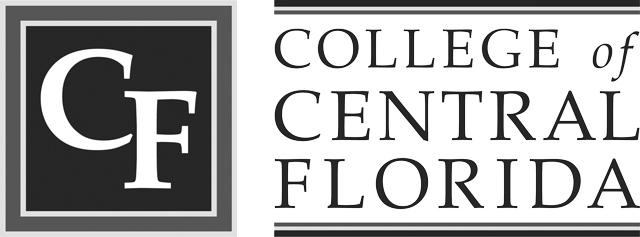Evening Lectures - Ocala
Shalesh Kaushal
THE TALK: Metabolic Control And The Retina: It’s More Than What Meets The Eye
January 21, 2015
Abstract
The neurosensory retina is a thin diaphanous structure, no thicker than tissue paper attached to the inner wall of the back of the eye. It is the photographic film of the eye and is a laminated integrated circuit that sub serves all aspects of visual perception including high resolution central acuity, motion detection, edge identification, contrast sensitivity, color identification and peripheral vision. It has at least nine identifiable structural layers, with at least 15 different cell types that carry out important metabolic functions. The maintenance of the structural and functional integrity of this highly organized tissue demands significant biological energy.
There are two major light absorbing photoreceptor cells in humans. The rod cells mediate peripheral and dim light vision and contain the visual pigment protein rhodopsin. These photoreceptors are found in largest numbers in the peripheral retina, but their highest density is in a circumferential distribution around the macula- the central region of the retina. The cone cells are important for color vision and high acuity central vision and are found predominantly in the macula. Not surprisingly, the retina is the most metabolically active tissue in the body per unit weight and the eye has the largest blood supply per unit weight in the human body. Thus, it serves as an excellent organ system to discuss and demonstrate energy metabolism, homeostasis, nutritional modulation and endogenous stem cell activity of disease states as well as canonical pathogenetic events (e.g. inflammation, oxidative stress, mitochondrial dysfunction, immune dysregulation) that lie central to so many chronic diseases.
Biography
Dr. Shalesh Kaushal currently practices at the Retina Specialty Institute with three offices located in The Villages, Gainesville and Inverness, Florida. He obtained his BS degree at Yale University in Molecular Biophysics and Biochemistry. Subsequently, he completed his M.D. at Johns Hopkins and Ph.D. at MIT with the Nobel Laureate Dr. Har Gobind Khorana. He completed his residency at the Doheny Eye Institute/USC Department of Ophthalmology and his surgical retina fellowship at Washington University St. Louis/Barnes Retina Institute. He then spent an additional year at Moorfields Eye Institute and at the Institute of Ophthalmology.
While at the University of Florida, Kaushal was the Richardson II Chair and head of the retina division, where he established the clinical and surgical retina division, recruited physicians, trained residents and surgical fellows, and mentored students, and post-docs in his research lab. He organized an annual retina symposium that attracted key opinion leaders in the U.S. and internationally. He also established and became the Director of the Charlie Mack Overstreet Laboratory for Retinal Therapies. He joined the University of Massachusetts in 2009, and built a new Eye Center and the first new academic department of ophthalmology in the U.S., in over 25 years. He is the founder of three biotech companies and has been a consultant for most of the leading ophthalmic pharmaceutical companies.
premier sponsors

lecture cohost

lecture sponsors
Lt. Col. Ed & Lois Johnson



season sponsors

Tom & Linda Steadman

